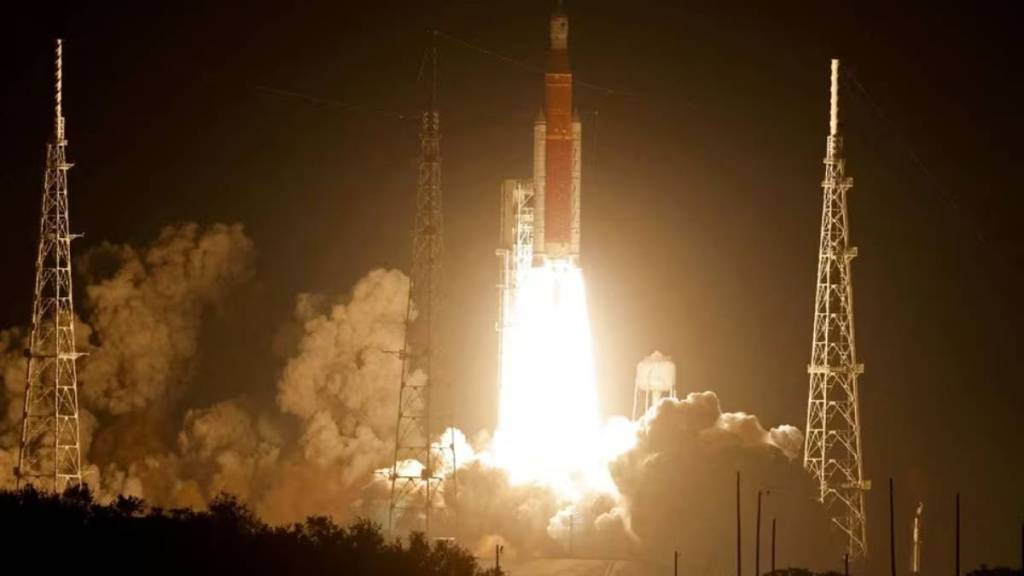The China National Space Administration landed a spacecraft on the far side of the moon on Sunday morning. The landing module, South Pole-Aitken Basin, mission was to collect a sample of soil and rock, following the Chang’e 5, which did so from the near side in 2020.
One of the significant challenges of lunar exploration is landing on the moon’s far side, which faces away from Earth. This requires a relay satellite to maintain communications and poses additional difficulties due to the rugged terrain and scarcity of flat landing areas.
Moon is the milestone
The race to the moon is heating up as global powers like China, Japan, and India vie for supremacy in space exploration, challenging the long-standing dominance of the United States.
China, which has already placed its own space station in orbit and routinely sends crews there, is now setting its sights on landing a person on the moon before 2030. If successful, China would become the second nation to achieve this milestone after the United States.
Private global players
Meanwhile, NASA has revised its timeline for returning astronauts to the moon, pushing the target date to 2026, marking what would be the first American lunar landing in over 50 years.
The international competition extends beyond national space agencies to include private companies. For instance, a Japanese billionaire recently called off his plan to orbit the moon, citing uncertainties regarding SpaceX’s development of a mega rocket. This rocket is also intended to be used by NASA for its lunar missions, adding to the complexities of the U.S. efforts.
The United States strategy to leverage private sector rockets has encountered multiple delays. A notable example is the recent last-minute computer issues that forced the postponement of Boeing’s inaugural astronaut flight.
(With AP inputs)


